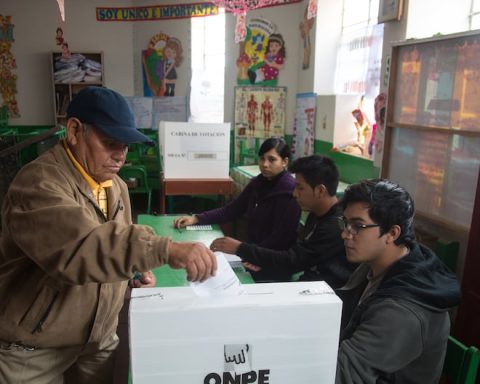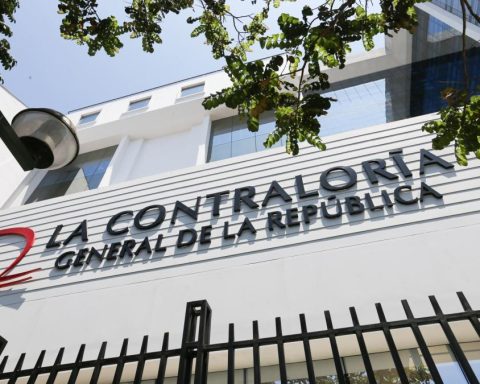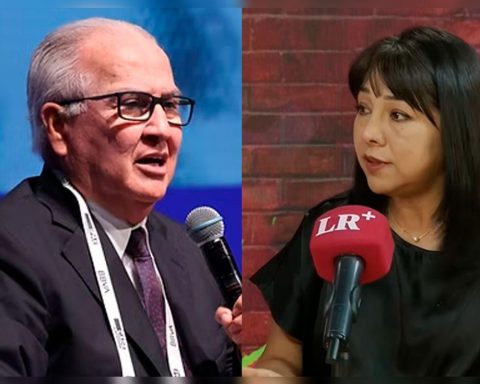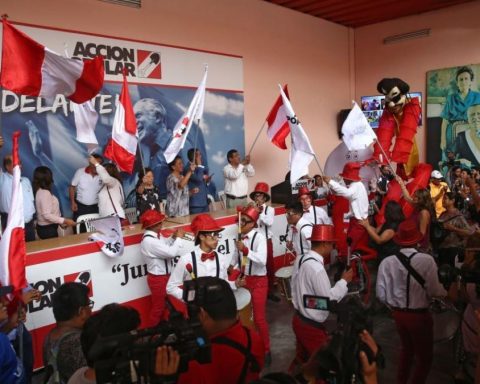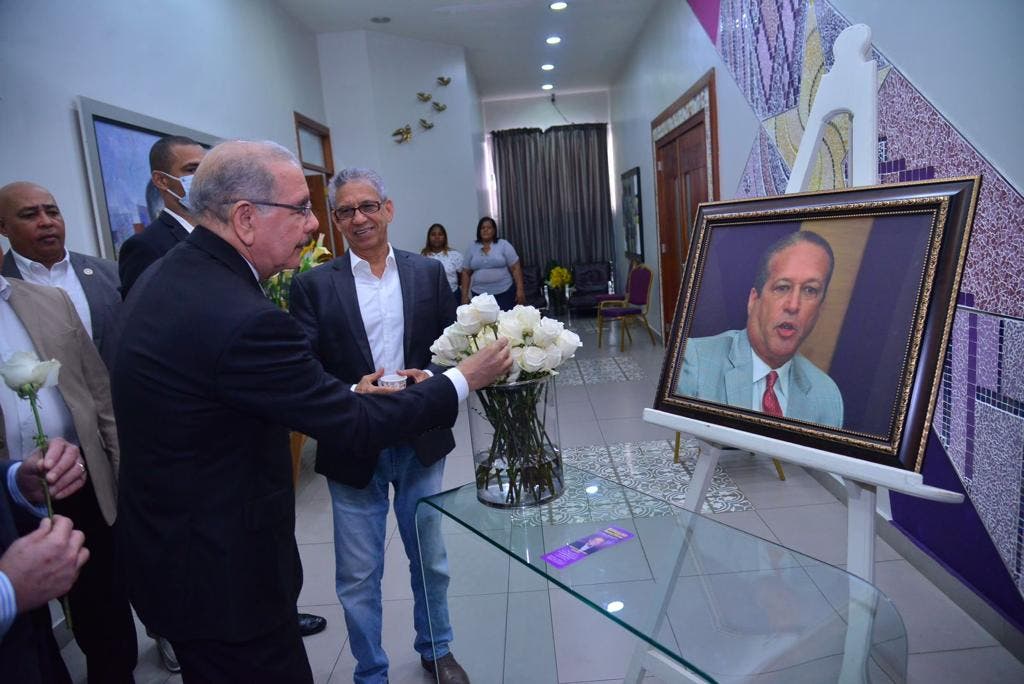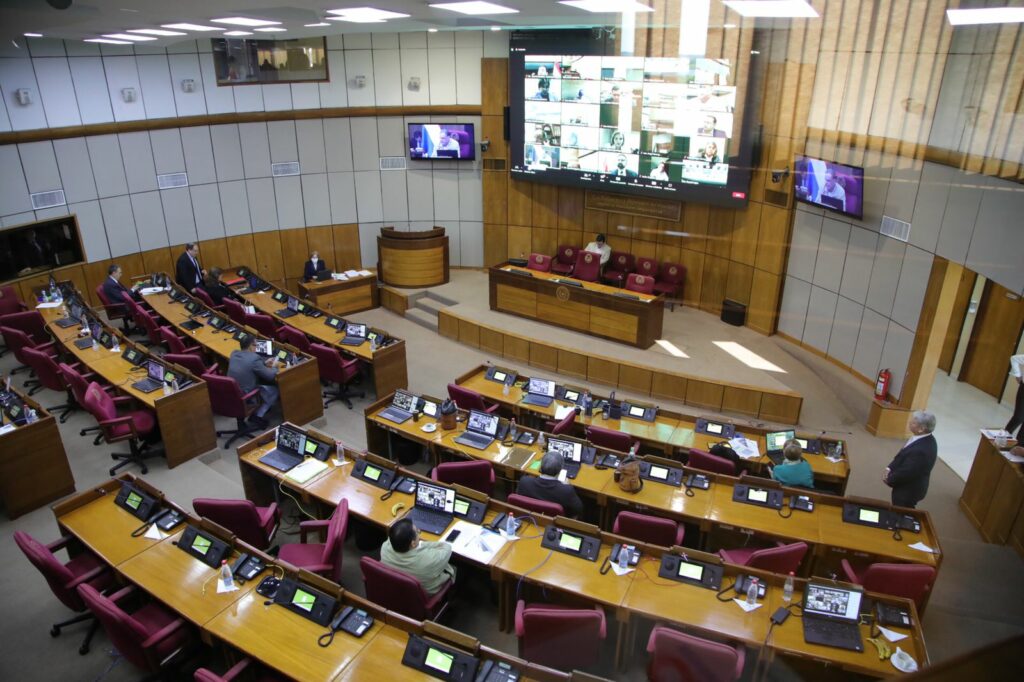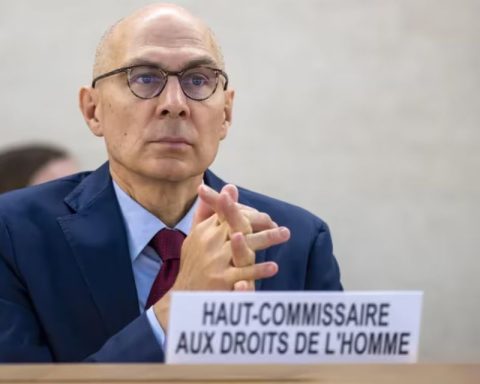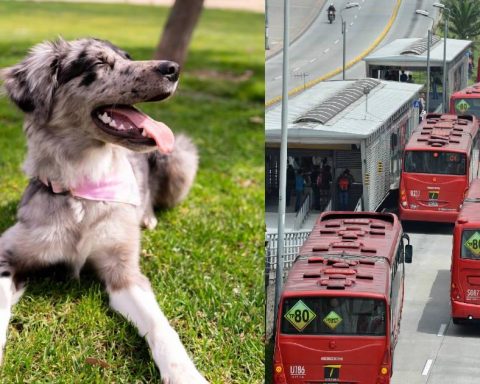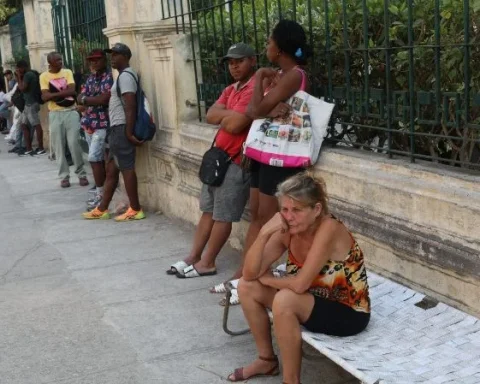By Taxpayers Association
Inflation in Peru generates more and more concern in the population. And it is not to surprise us; in June 2022 the sad record of the inflation highest in the last 25 years (8.8%), a figure that has been maintained in subsequent months. This is mainly due to the rise in three groups of goods: food and beverages (13.9%), restaurants and hotels (9.9%) and transportation (11.7%); these represent 52% of the consumption basket of an average Peruvian. Not even in times of the financial crisis of 2008 (6.7%) were such high price increases reached; Faced with this, six out of ten Peruvians are poor or at risk of becoming so.
The main sign that this problem has been affecting Peruvians in a fundamental way, and it is not a simple empty figure, is found in Enaho of the INEI. Faced with the question ‘what are the country’s main problems?’, Peruvians increasingly consider that the first priority is high prices and low wages. What is the Castillo government doing in the face of this problem? Although it is true that the control of inflation corresponds mainly to the Central Reserve Bank (BCR)the Executive had in its hands a series of measures that could have significantly mitigated this problem.
In the first place, there was the unsuccessful fertilizer campaign in which the Ministry of Agrarian Development and Irrigation, with the Fertiabono mechanism, insisted on holding international tenders, which were declared void in most cases. This made the price of agricultural inputs –particularly urea– that Peruvian farmers ended up paying prohibitive, which increased the prices of goods from the basic basket such as yellow potatoes (70% so far this year ), white potato (50%), corn and rice. The rise is even expected to continue next year. As stated to Peru21 Clímaco Cárdenas, president of the National Convention of Peruvian Agro (Conveagro), the prices of products such as corn, rice, potatoes and onions will rise by 30% for this 2023.
Also, the crisis of the company Petroperu It is, without a doubt, another point that contributes to inflation. The state company is bankrupt and that causes us to have the most expensive gasoline in the region, which so far this year has risen by 39%. Cases of corruption and the lack of transparency of the Castillo government undermined the company’s credit rating, increasing financing costs and worsening its situation. This will continue to contribute to fuel shortages, higher transportation costs, and thus the general rise in prices. At a minimum, his government should install a new independent board that makes the true situation of Petroperú transparent.
The hunger crisis
Peru has come to occupy the worrying position of being the country with the greatest food insecurity in South America. Half of the population –16.6 million people– suffers from this situation, twice as many as before the pandemic, according to the Food and Agriculture Organization of the United Nations (FAO). The report also indicates that within this group there are 6.8 million people with a situation of serious food insecurity; that is, they spend periods of a day or more without feeding.
Another problem related to the food crisis is the increase in anemia. Half of the regions (13 out of 25) present high rates of this nutritional deficit for children under three years of age. Eight of these regions have more than half of the infants in this situation: Huancavelica, Puno, Pasco, Madre de Dios, Cusco, Loreto, Apurímac, and Ucayali and Pasco. It is key that the government assumes its responsibility and improves the management of social programs to solve this problem. Also, the expansion of works for taxes for these purposes should be a priority.

